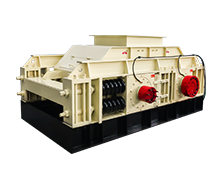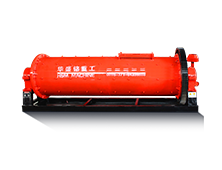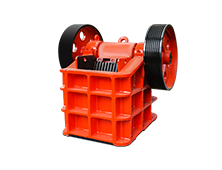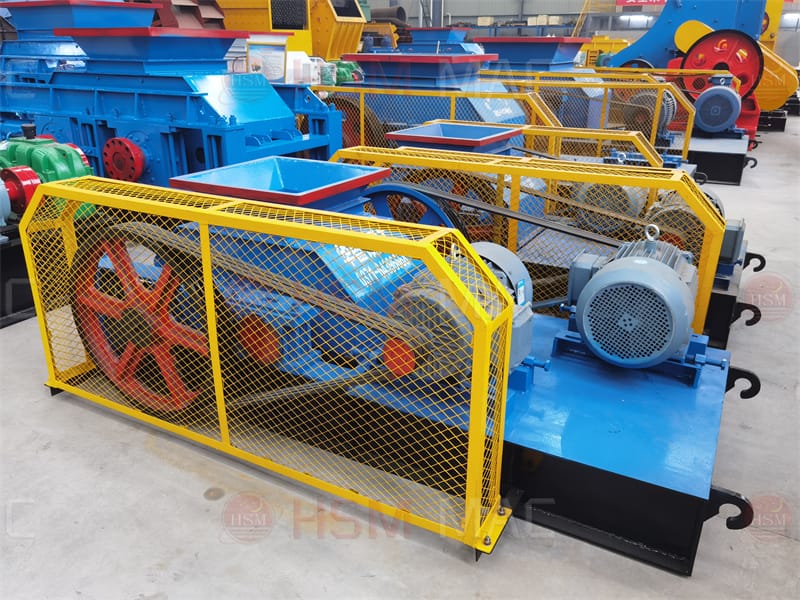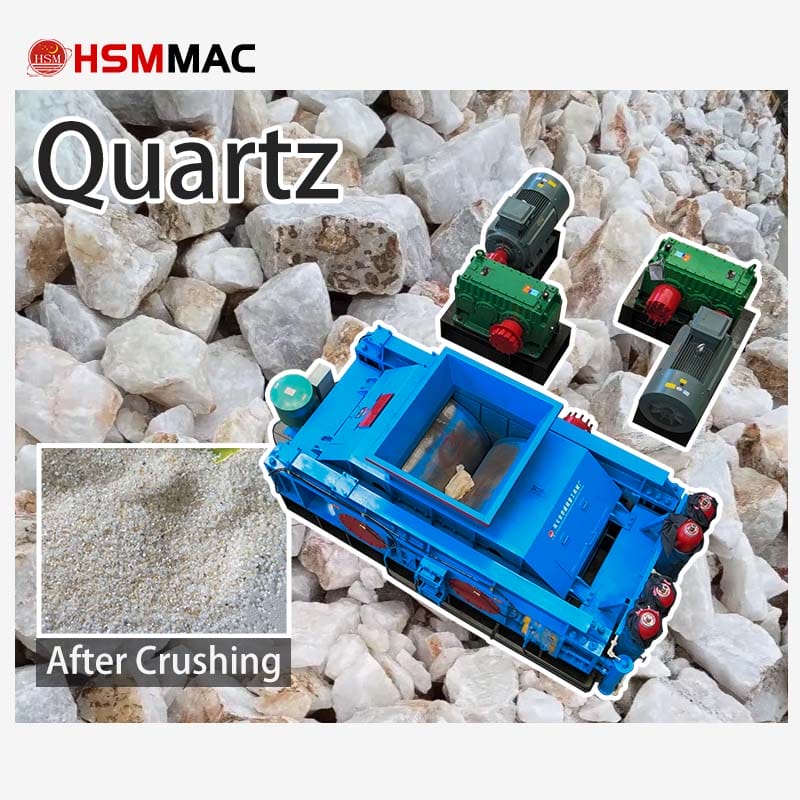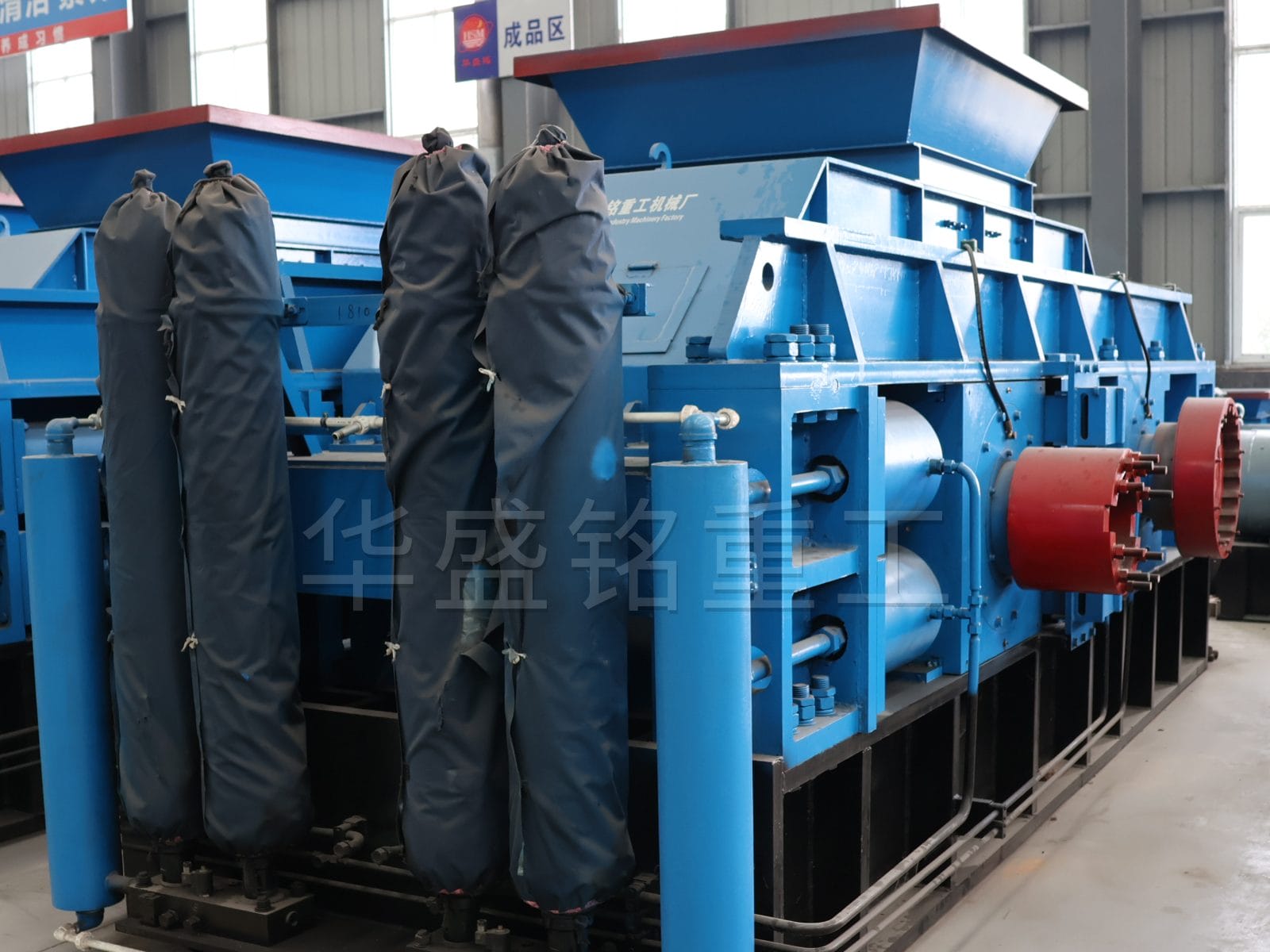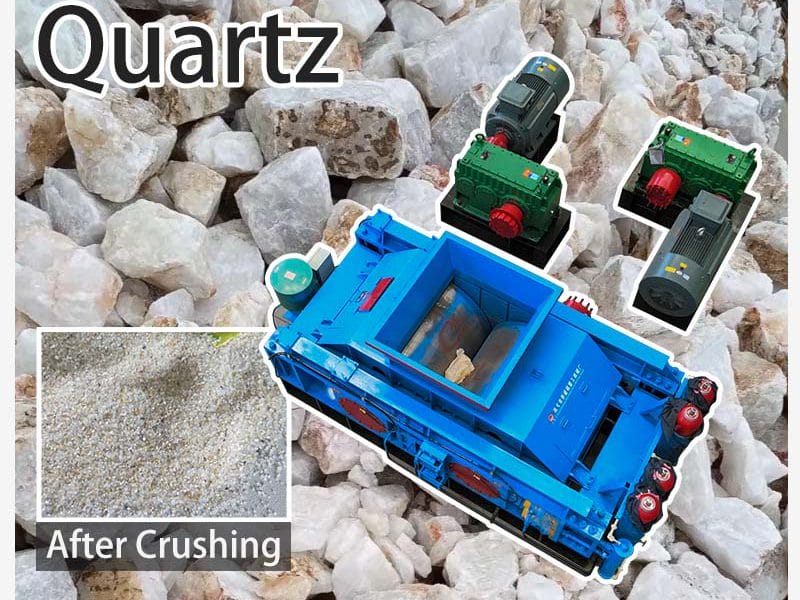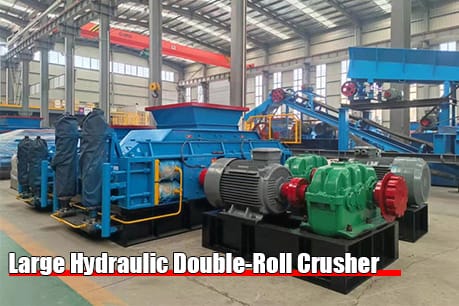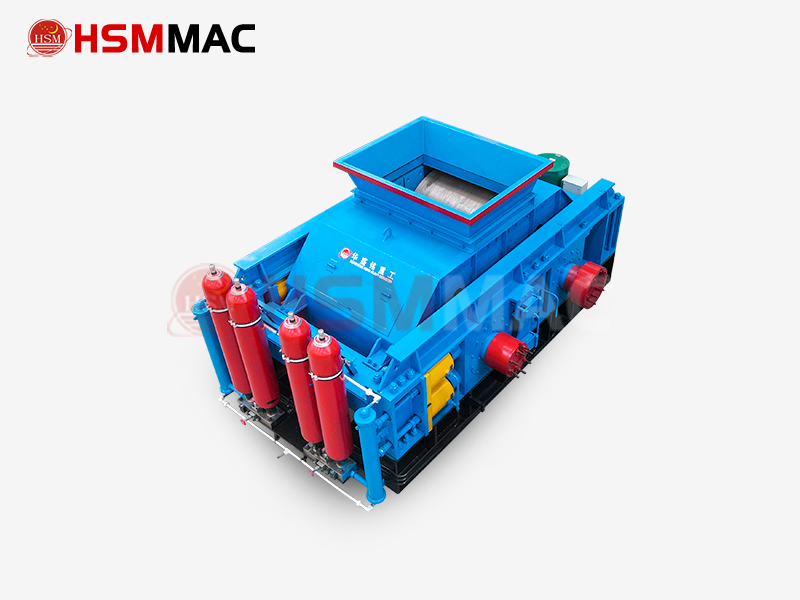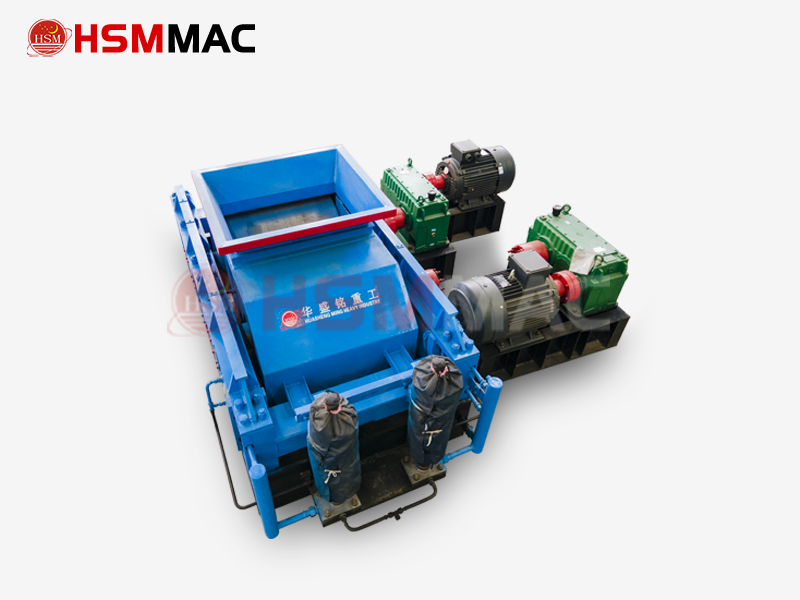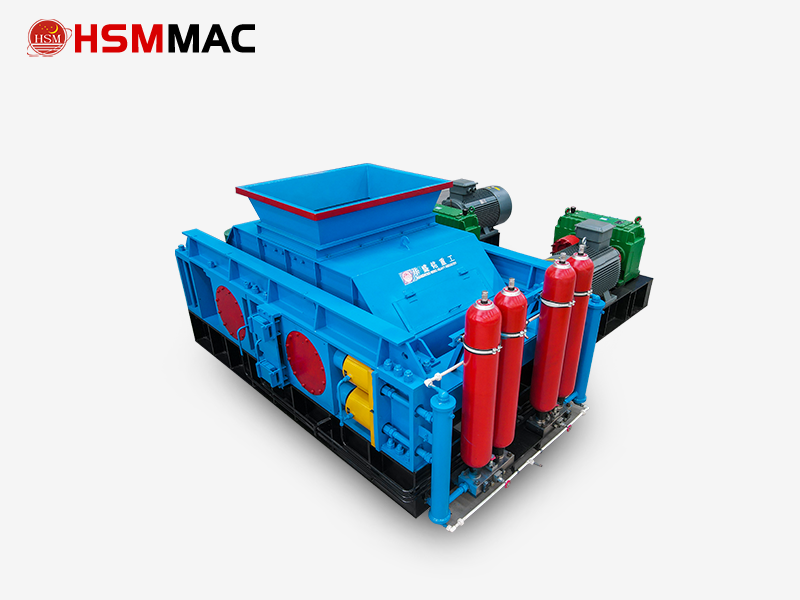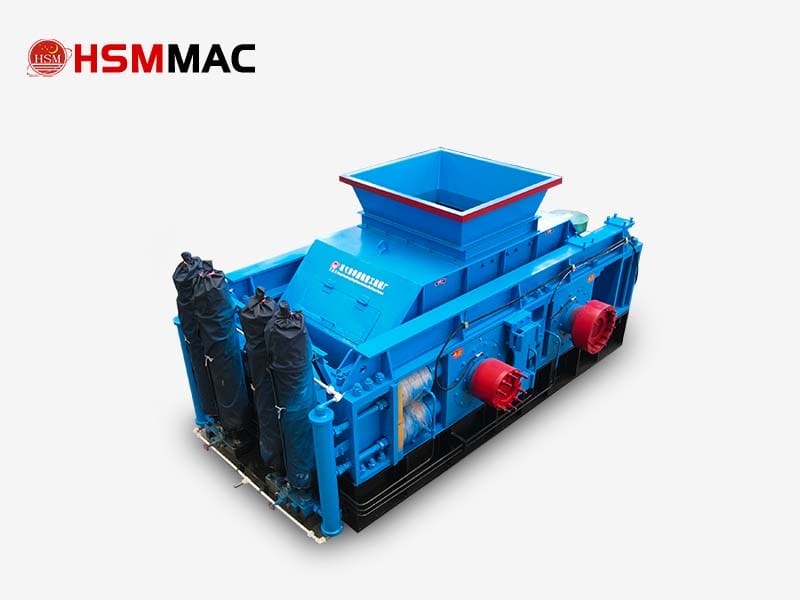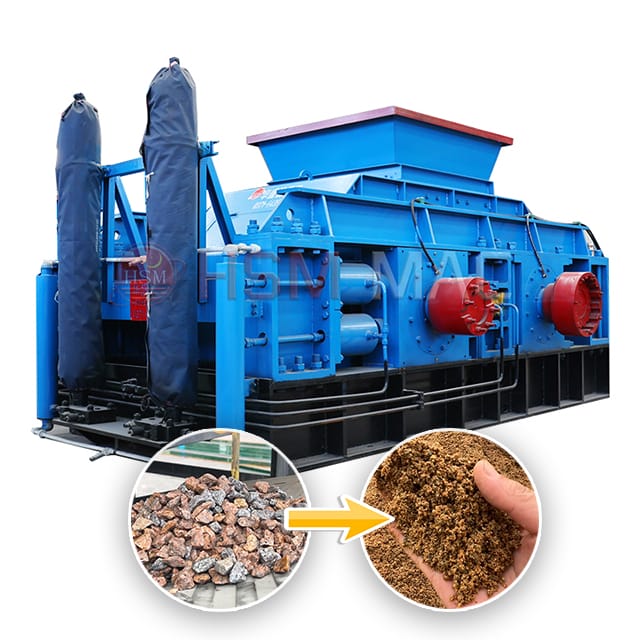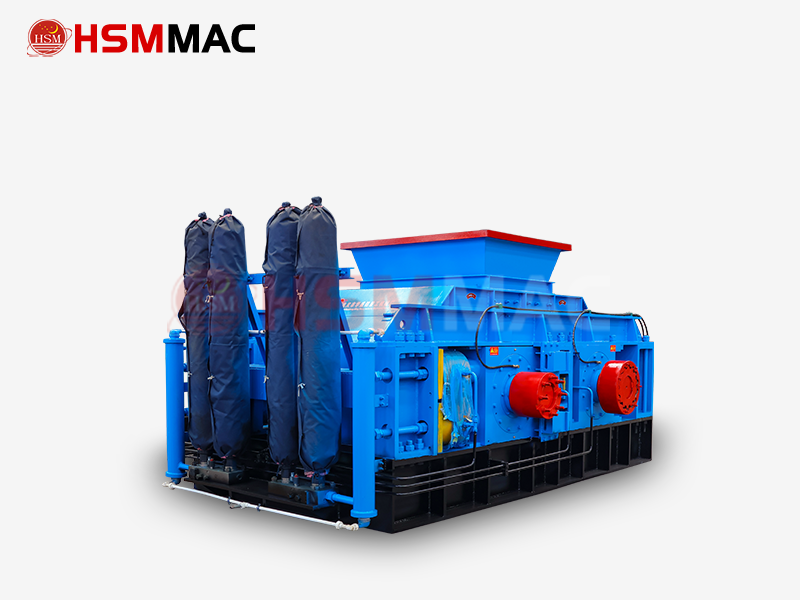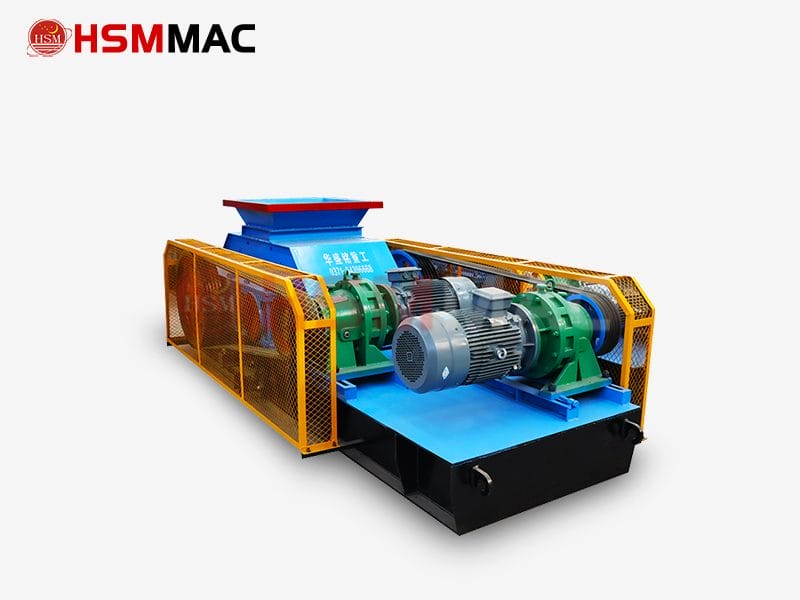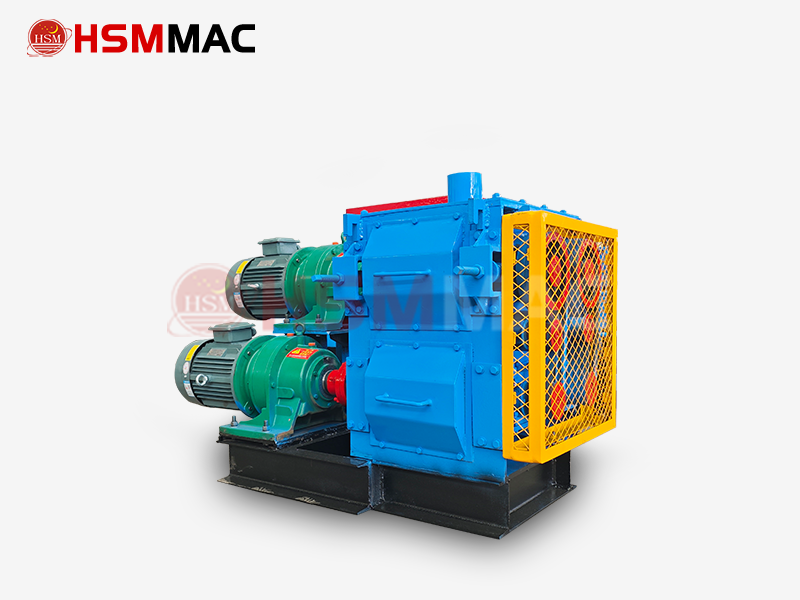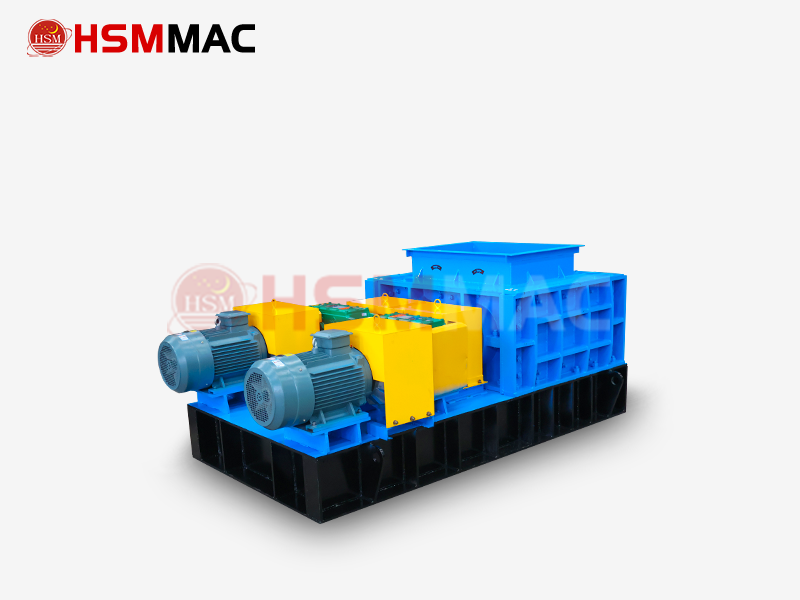What Is The Name Of The Basalt Sand-Making Machine?
2025-11-10
Basalt sand-making machines are commonly referred to as double-roll sand-making machines or double-roll crushers. They efficiently crush basalt through the relative rotation of two rolls, utilizing compression and shear forces. To enhance performance and operability, hydraulic double-roll sand makers and hydraulic double-roll crushers are also available on the market. These units incorporate hydraulic adjustment systems that precisely control the gap between the two rolls, flexibly adapting to varying particle size requirements. They also offer outstanding wear resistance and low maintenance costs, making them an ideal choice for the basalt processing industry. 1.What are the models of basalt sand making machines? They can be categorized into large, medium, and small sizes based on model specifications. 2PGT400×250, 2PGT400×400, 2PGT610×400: With an hourly output of approximately 2-20 tons, these are small spring-loaded pebble sand making machines suitable for investment by small to medium-sized sand plants. 2PGT750×500, 2PGT800×600, with an hourly output of 10-50 tons, are medium-sized spring pebble sand makers. This model is suitable for new sand plants with relatively low investment costs. 2PGY750×500, 2PGY800×600, 2PGY800×800, 2PGY1000×800, with an hourly output of 20-80 tons, are medium-sized hydraulic pebble sand makers. Hydraulic models offer greater intelligence, higher output, and more cost-effective operation. 2PGY1000×1000, 2PGY1200×1200,...







